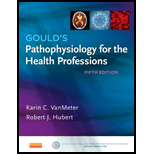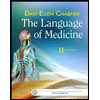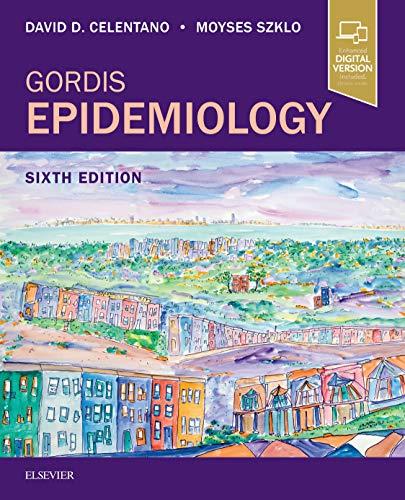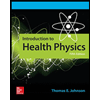
To explain: The focal effect of a lesion to the specific area of damage in the brains.
Introduction: A focal effect is the local or specific complications occurred in a particular affected area and it affects the specific functions of that affected area. Cerebrum is the major portion of the forebrain. It is divided into left hemisphere and right hemisphere. It is responsible for the posture and for coordinating voluntary movements. A tumor is a growth of abnormal cells which cause localized dysfunction of the brain related to their locations.
Explanation of Solution
Tumor is a space occupying lesion that causes intracranial pressure. The tumor may displace the brain tissue leading to herniation. The cerebral hemisphere controls the muscular functions, speech, thoughts, emotions, reading, writing, and learning. Therefore, the tumor in the cerebral hemisphere will affect the functions controlled by it. However, some systemic signs would also be visible due to complications. Their focal signs and systemic signs are given below:
The systemic sign of dysfunction of cerebellar tumor are given below:
- Increased intracranial pressure
- Headache
- Personality and behavioral changes
- Vomiting
- Lethargy
- Irritability
- Seizures
The focal (specific) sign of dysfunction of left cerebellar tumor are given below:
- Difficulty in verbal communication
- Difficulty in small muscle control
- Decreased intelligent quotient
- Difficulty in word reading
- Difficulty in mathematic calculations
- Difficulty in showing positive emotions
- Problem with the logical thinking
- Difficulty in controlling right side of the body
Want to see more full solutions like this?
Chapter 14 Solutions
Gould's Pathophysiology for the Health Professions, 5e
 The Language of Medicine, 11eHealth & NutritionISBN:9780323370813Author:Davi-Ellen Chabner BA MATPublisher:Saunders
The Language of Medicine, 11eHealth & NutritionISBN:9780323370813Author:Davi-Ellen Chabner BA MATPublisher:Saunders Gordis EpidemiologyHealth & NutritionISBN:9780323552295Author:David D. Celentano, Moyses SzkloPublisher:ELSEVIER
Gordis EpidemiologyHealth & NutritionISBN:9780323552295Author:David D. Celentano, Moyses SzkloPublisher:ELSEVIER Nutrition Through The Life CycleHealth & NutritionISBN:9781337919333Author:Brown, Judith E.Publisher:Cengage Learning,
Nutrition Through The Life CycleHealth & NutritionISBN:9781337919333Author:Brown, Judith E.Publisher:Cengage Learning, Health: The Basics (13th Edition)Health & NutritionISBN:9780134709680Author:Rebecca J. DonatellePublisher:PEARSON
Health: The Basics (13th Edition)Health & NutritionISBN:9780134709680Author:Rebecca J. DonatellePublisher:PEARSON Understanding Nutrition (MindTap Course List)Health & NutritionISBN:9781337392693Author:Eleanor Noss Whitney, Sharon Rady RolfesPublisher:Cengage Learning
Understanding Nutrition (MindTap Course List)Health & NutritionISBN:9781337392693Author:Eleanor Noss Whitney, Sharon Rady RolfesPublisher:Cengage Learning Introduction To Health PhysicsHealth & NutritionISBN:9780071835275Author:Johnson, Thomas E. (thomas Edward), Cember, Herman.Publisher:Mcgraw-hill Education,
Introduction To Health PhysicsHealth & NutritionISBN:9780071835275Author:Johnson, Thomas E. (thomas Edward), Cember, Herman.Publisher:Mcgraw-hill Education,





